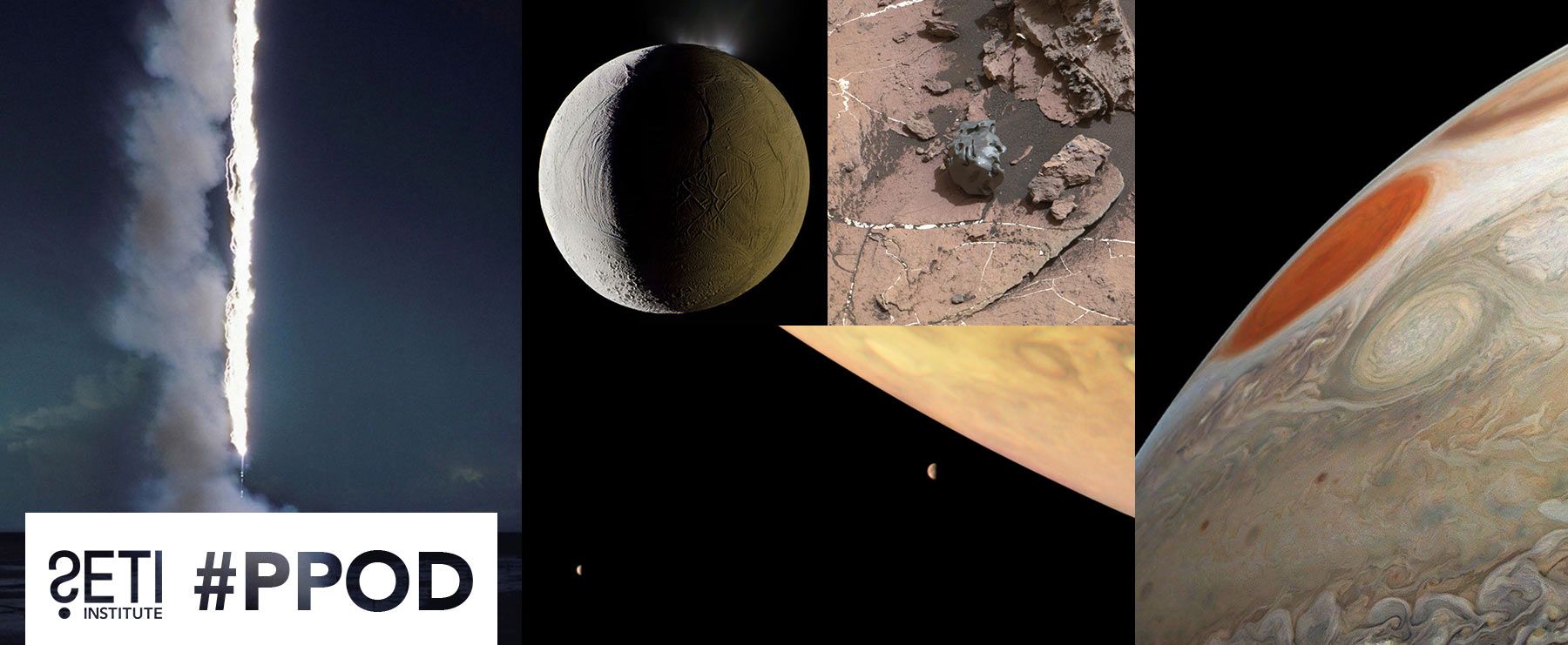
Planetary Picture of the Day
Week of August 30, 2021
Feast your eyes from Mars to Jupiter to Enceladus and more.
Monday, August 29, 2021
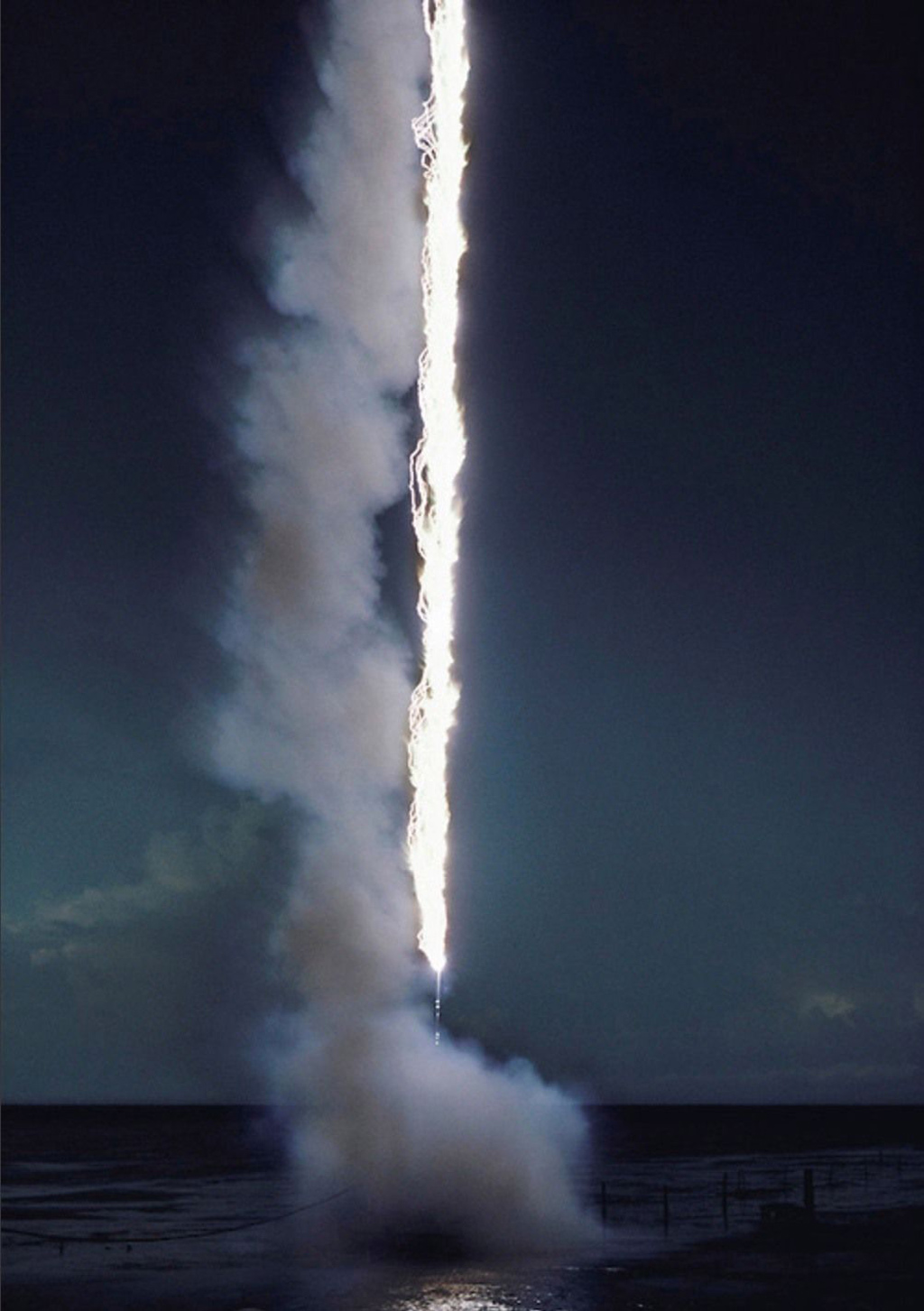
The moment lightning hits the water
"Rocket-triggered lightning launch site at Mosquito Lagoon near Cape Canaveral (Kennedy Space Center), Florida. Shooting a rocket into overhead thundercloud causes a lightning strike. A fine copper wire trailing from the rocket creates a path for the cloud's electric charge."
Tuesday, August 30, 2021
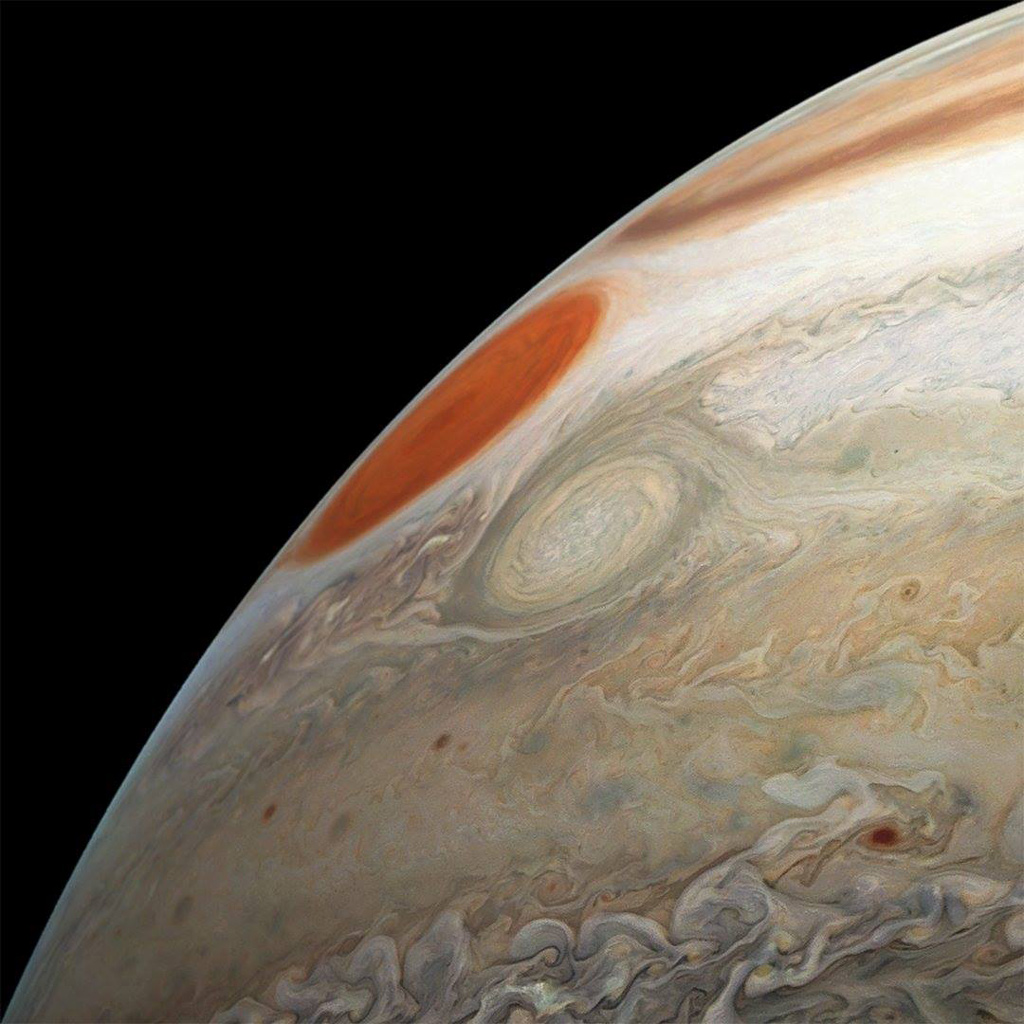
The Great Red Spot by Juno
This image of Jupiter’s turbulent southern hemisphere was captured by NASA’s Juno spacecraft as it performed its most recent close flyby of the gas giant planet on Dec. 21, 2018.
This new perspective captures the notable Great Red Spot, as well as a massive storm called Oval BA. The storm reached its current size when three smaller spots collided and merged in the year 2000. The Great Red Spot, which is about twice as wide as Oval BA, may have formed from the same process centuries ago.
Citizen scientists Gerald Eichstädt and Seán Doran created this image using data from the spacecraft’s JunoCam imager.
Wednesday, September 1, 2021
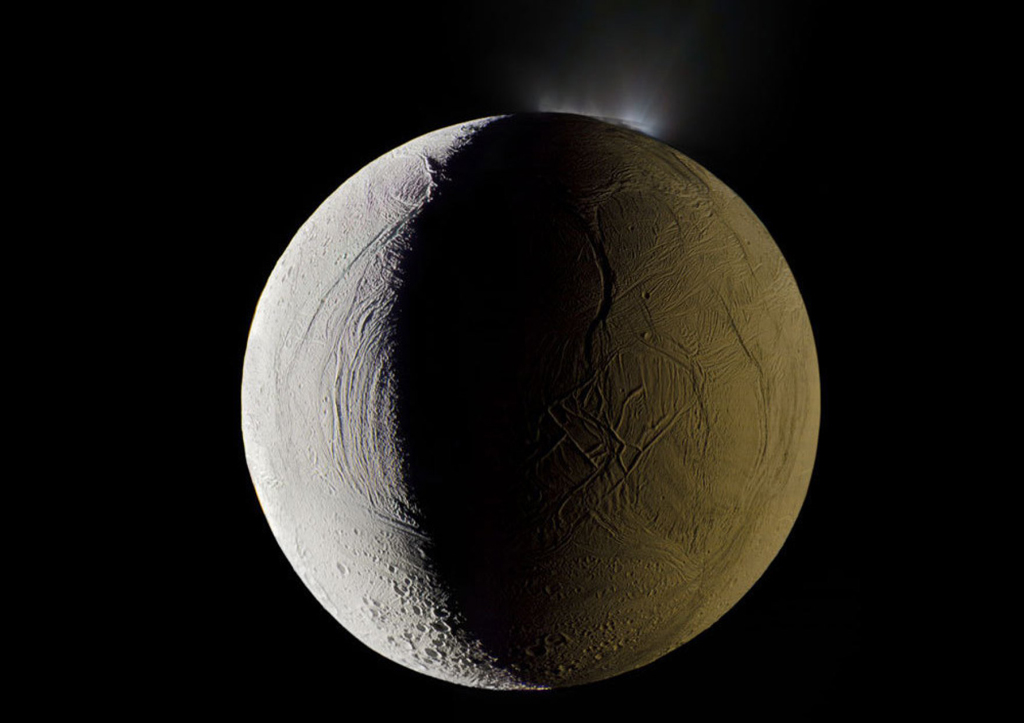
Enceladus vents into space
Saturn’s moon Enceladus geysers water into space from its south polar region. Captured by the Cassini spacecraft on December 25, 2009.
Thursday, September 2, 2021
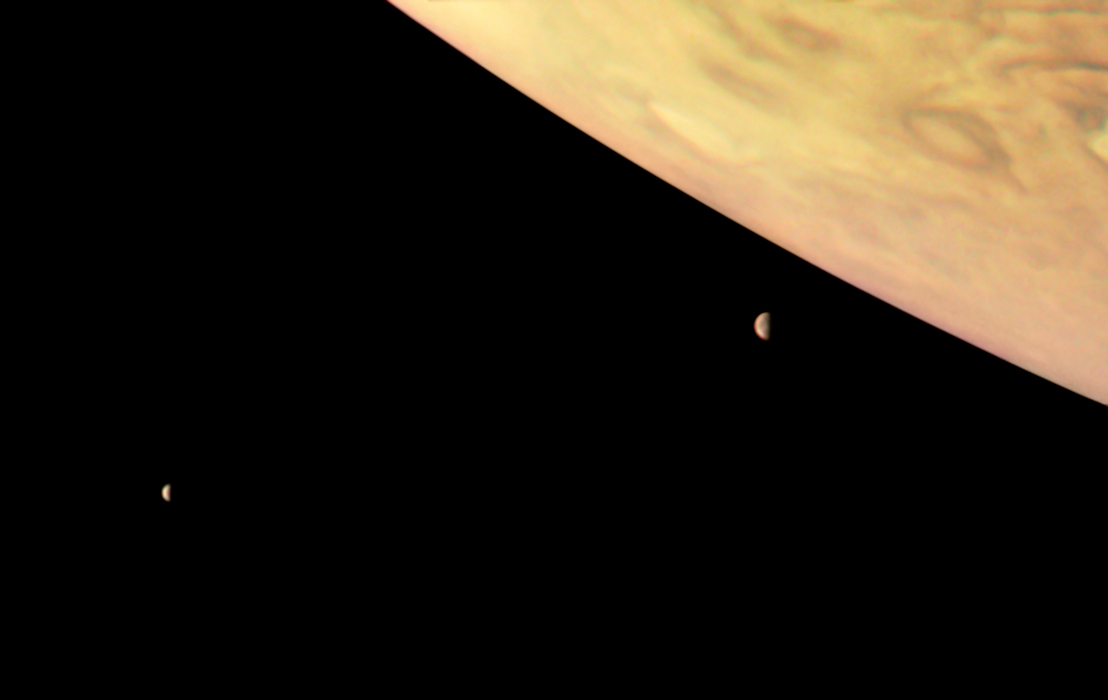
Family portrait
This color-enhanced image of Jupiter and two of its largest moons – Io and Europa – was captured by NASA’s Juno spacecraft as it performed its eighth flyby of the gas giant planet.
Friday, September 3, 2021
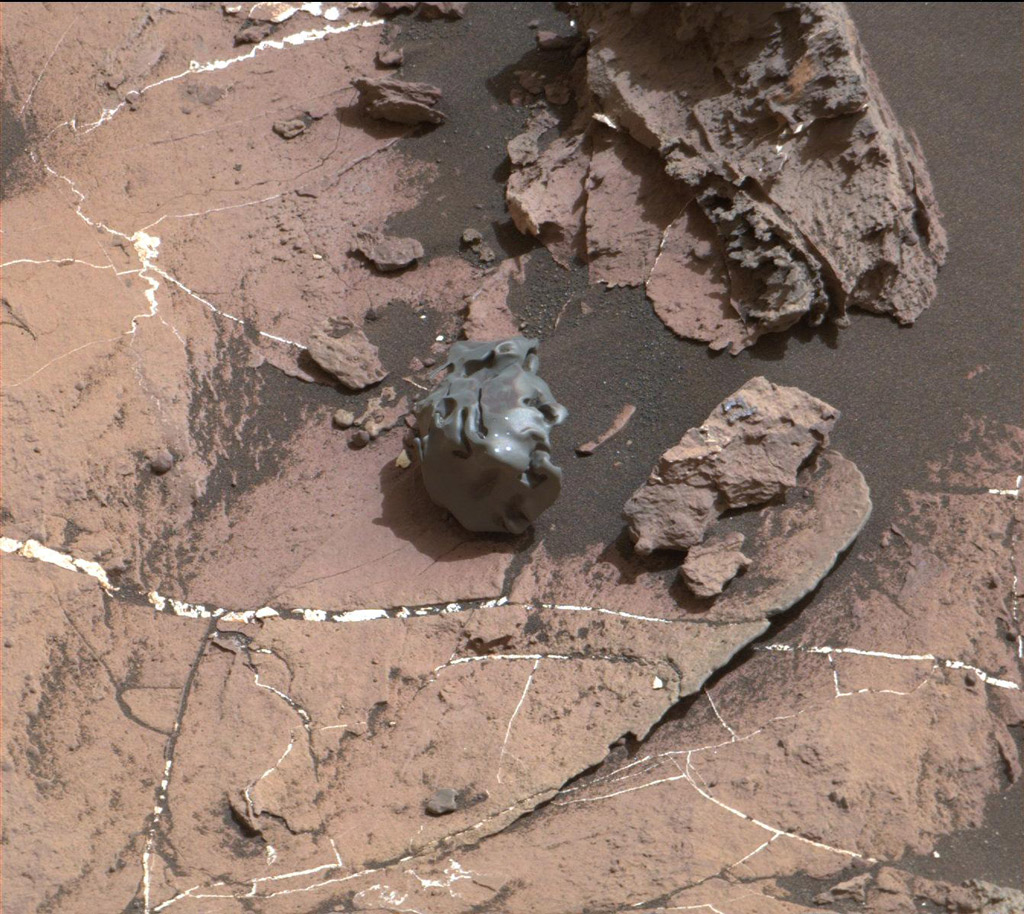
Raining iron (and nickel) on Mars
The dark, smooth-surfaced rock at the center of this Oct. 30, 2016, image from the Mast Camera (Mastcam) on NASA's Curiosity Mars rover was examined with laser pulses and confirmed to be an iron-nickel meteorite. It is about the size of a golf ball.
Iron-nickel meteorites are a common class of space rocks found on Earth, and previous examples have been seen on Mars, but this one, called "Egg Rock," is the first on Mars examined with a laser-firing spectrometer.





